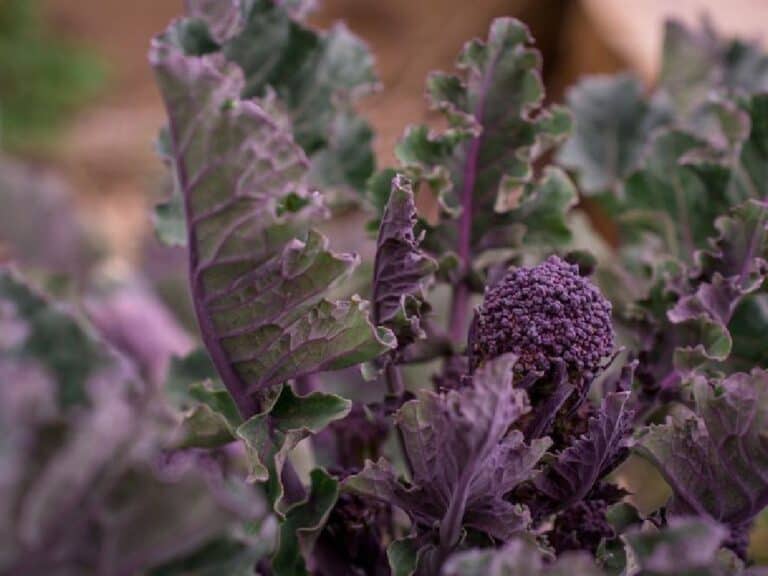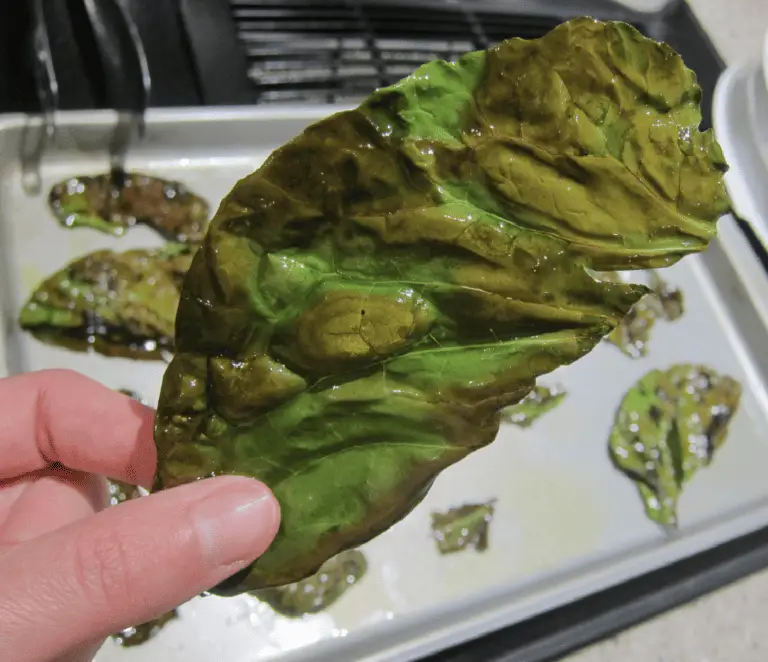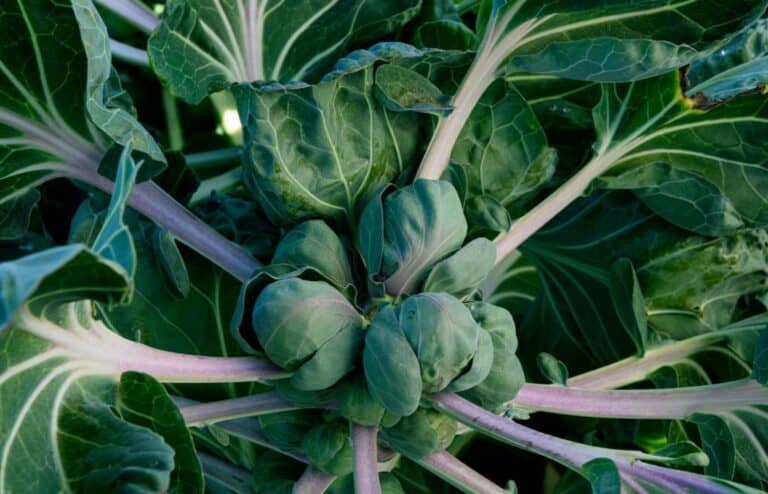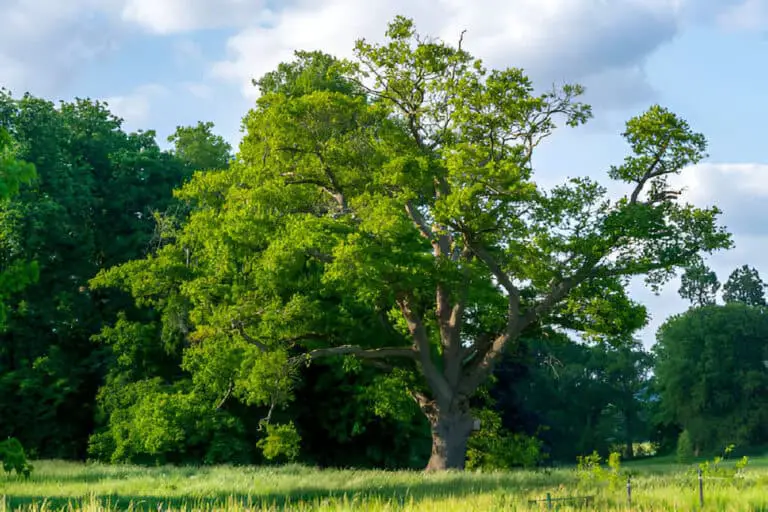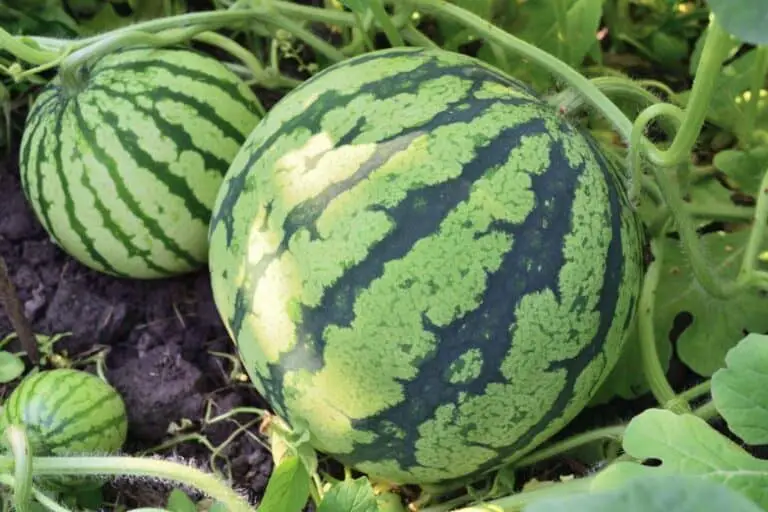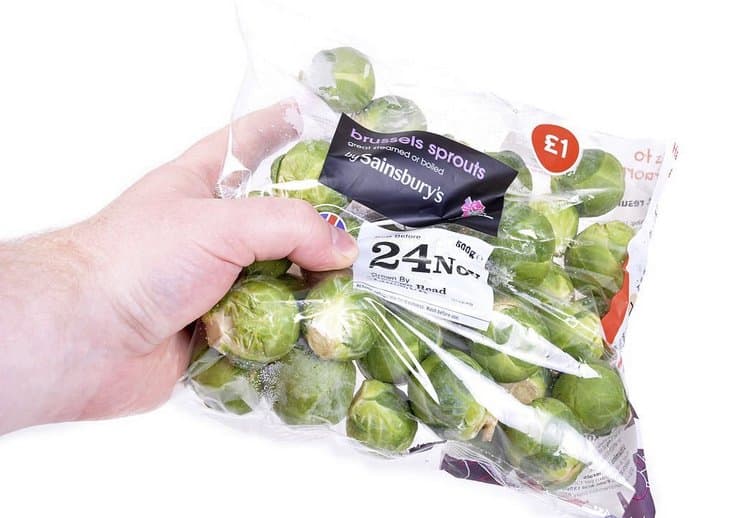Do You Need Two Elderberry Bushes to Get Fruit?

The elderberry bush, also known as Sambucus, is a stunning and versatile plant that belongs to the honeysuckle family. It is cherished for its striking pink or white blooms that give way to clusters of small, dark purple berries in late summer and early fall.
These berries look great. They also have great medicinal value. They have been used in folk remedies for centuries. This is due to their high antioxidant and immune-boosting properties.
One interesting aspect of the Elderberry bush is its ability to produce fruit even when grown as a single plant. Having two plants can boost berry quantity through cross-pollination. But it’s not needed for fruit. In fact, a single Elderberry bush has the potential to yield an abundant harvest of flavorful and nutritious berries on its own.
This makes it a great choice for home gardeners or those with limited space. They still want to enjoy the benefits of growing their own elderberries. And they can do so without needing multiple plants.
Do You Need Two Elderberry Bushes to Get Fruit?
Pollination is crucial for plant reproduction. In elderberry bushes, the role of two bushes is key. While many plants are self-pollinating, elderberries require cross-pollination between two different varieties for optimal fruit production. This trait is unique. It adds an intriguing layer to the fascinating world of pollination.
Without the presence of two elderberry bushes, the chances of successful pollination are significantly reduced.
Bees and other pollinators interact with the flowers of these bushes. This interaction is vital for transferring pollen from one plant to another. It leads to fruit development. Understanding this intricate relationship sheds light on the interconnectedness and interdependence within nature’s ecosystems.
The role of two elderberry bushes in pollination is important. It shows their value and the beauty and complexity of nature.
Pollination: The Role of Two Bushes

Self-pollinating elderberry bushes are increasingly popular among home gardeners. They offer the convenience of not needing a second plant for cross-pollination. However, the question remains: Is one enough?
Self-pollinating varieties don’t need a companion plant for fruit. But, having multiple elderberry bushes can greatly boost the yield and health of the plants. When there are two or more elderberry bushes in close proximity, it creates a more diverse and effective pollination environment, leading to a better fruit set and larger harvests.
Furthermore, having multiple elderberry bushes can potentially extend the fruiting season. Varieties may have slightly staggered blooming times. So, planting two or more types can provide a longer window for ripe berries. Additionally, by including various cultivars in your garden, you also diversify your genetic stock and ensure that your plants are less susceptible to diseases and environmental stressors.
In the end, one self-pollinating elderberry bush can produce fruit alone. But, adding many plants to your garden offers many benefits. And these benefits go beyond just convenience.
Benefits of Planting Multiple Elderberry Bushes
Cross-pollination is when pollen from one plant is transferred to the stigma of another plant. This process leads to fertilization and the making of fruits or seeds.
This process benefits plants in many ways. It boosts genetic diversity and makes offspring stronger and healthier. It also improves fruit quality. When different plant varieties cross-pollinate, it can create hybrid plants. These hybrids have unique traits. They may have better resistance to diseases or pests.
Below are some benefits of planting multiple elderberry bushes in your garden
- Increased Yield: Although elderberries can self-pollinate, having more than one bush can lead to a more abundant harvest. Cross-pollination can boost fruit production. It ensures a bountiful supply of these nutrient-rich berries.
- Larger Berries: Studies suggest that cross-pollination may contribute to larger and more robust berries. If you want plump, juicy elderberries, plant multiple bushes. This will make them as big and good as can be.
- Extended Harvest Period: Planting two or more elderberry bushes can also extend the harvest period. Varieties may ripen at different times. This gives a longer window to harvest fresh elderberries.
- Enhanced Plant Health: Introducing diversity into your garden can contribute to overall plant health. It’s better to have many elderberry bushes. They create a stronger and more dynamic ecosystem. This may reduce the risk of diseases and pests.
Cross-Pollination Benefits
A successful harvest depends on a number of complex processes that can make or break it. One key factor is the availability of pollinators. Many fruit-bearing plants rely on bees and other insects for fertilization. Weather conditions also play a crucial role, with frost, drought, or excessive rainfall potentially impacting flowering and fruit set.
Additionally, soil quality and nutrient levels significantly affect fruit production, as an imbalance in essential elements like nitrogen, potassium, and phosphorus can lead to stunted growth and poor yields.
Furthermore, the presence of pests and diseases can have detrimental effects on fruit production. Pathogens such as fungi, bacteria, and viruses can infect trees and reduce their ability to produce healthy fruits. Using integrated pest management can help with the issues. It also minimizes environmental impacts.
Also, proper pruning and training are vital. They maximize fruit production potential by optimizing sunlight exposure to the tree canopy. They also ensure efficient use of resources for robust growth. Understanding these multifaceted factors is crucial for both commercial growers and home gardeners aiming for bountiful fruit harvests.
Choosing Elderberry Varieties for Your Garden
When deciding to plant elderberries, you must choose suitable varieties. They must fit your climate and soil. Popular elderberry varieties include:
- Sambucus nigra (European Elderberry): Known for its rich, dark berries, this variety is a favorite for culinary purposes and herbal remedies.
- Sambucus canadensis (American Elderberry): Native to North America, this variety is prized for its adaptability and high fruit yield.
- Sambucus racemosa (Red Elderberry): Recognized for its vibrant red berries, this variety adds a splash of color to the garden and attracts wildlife.
Factors Affecting Fruit Production
In conclusion, to get the most elderberry fruit, you need proper care, environment, and planting. This promotes new growth and more fruit. Also, using organic fertilizers with lots of nitrogen can boost the bushes’ health. It can also lead to larger and more fruitful yields.
Furthermore, proactive pest management is crucial for optimizing elderberry fruit production. Using neem oil can deter pests. It can protect against aphids and other harmful insects. By maintaining a vigilant approach to plant care and cultivation, it is possible to maximize elderberry fruit yield and ensure a bountiful harvest year after year.
Conclusion: Maximizing Elderberry Fruit Yield
In conclusion, maximizing elderberry fruit yield requires a combination of proper care, environment, and planting techniques. Pruning is essential to encourage new growth and enhance overall productivity. By cutting back flowers, cutting back old wood, and trimming the plant to promote an open canopy, you can ensure better airflow and sunlight penetration, leading to increased fruit production.
Additionally, it’s crucial to consider soil quality and nutrient levels. Elderberry bushes thrive in well-drained soil with a slightly acidic pH level. Using organic mulch and compost can help keep the soil moist and fertile. They also support vigorous growth. Also, planting legumes with elderberries can help too. They add nutrients to the soil, boosting the elderberry’s yield.
By using these strategies and tending to your elderberry bushes’ needs, you can maximize fruit yield. You won’t always need two bushes for pollination. Understanding the intricacies of elderberry cultivation empowers growers to maximize their harvests while promoting sustainability within their local ecosystems.
FAQs
Can one elderberry bush produce fruit on its own?
Yes, many elderberry varieties self-pollinate. A single bush can produce fruit without a second plant. However, some varieties may benefit from cross-pollination for increased yield.
What is cross-pollination in elderberry bushes?
Cross-pollination involves the transfer of pollen from one elderberry bush to another, enhancing the fruit set. While some varieties are self-pollinating, introducing a second bush can improve overall fruit production through increased pollination.
Are there specific elderberry varieties that require two bushes for fruiting?
Generally, most elderberry varieties do not require a second bush for fruiting. However, some types may have better yields with cross-pollination. This shows the importance of choosing the right variety for your needs.
Can environmental factors affect the need for multiple elderberry bushes?
Yes, environmental conditions such as temperature, humidity, and the presence of pollinators can influence the need for multiple elderberry bushes. In optimal conditions, a single self-pollinating bush may suffice, but challenging environments might benefit from the presence of multiple bushes to ensure reliable fruit production.
Is self-pollination common in elderberry cultivation?
Yes, many elderberry varieties are self-pollinating, meaning a single bush can produce fruit without external assistance. This characteristic simplifies elderberry cultivation, making it accessible for those with limited space or resources.
How does elderberry bush pollination impact fruit production?
Pollination is crucial for elderberry fruit production. While some varieties self-pollinate, cross-pollination can enhance yields. Bees and insects play a vital role. They transfer pollen between elderberry bushes, fostering a better harvest.
Are there specific tips for growing elderberries to maximize fruit production?
Successful elderberry cultivation involves providing the right soil, adequate spacing, and proper care. Pruning techniques, such as removing dead wood and shaping the bush, can optimize sunlight exposure and airflow, positively impacting fruit production.
Can a single elderberry bush produce enough fruit for personal use?
Yes, climate can influence the need for multiple elderberry bushes. It affects temperature, humidity, and pollinator presence. However, planting multiple bushes may still be beneficial for those aiming to harvest larger quantities or ensure consistent production.
How does soil health influence fruit production in elderberry bushes?
Soil quality significantly affects elderberry cultivation. Well-draining soil rich in organic matter promotes healthy root development and overall plant vigor, positively impacting fruit production. Regular soil testing and appropriate amendments contribute to successful elderberry cultivation.

